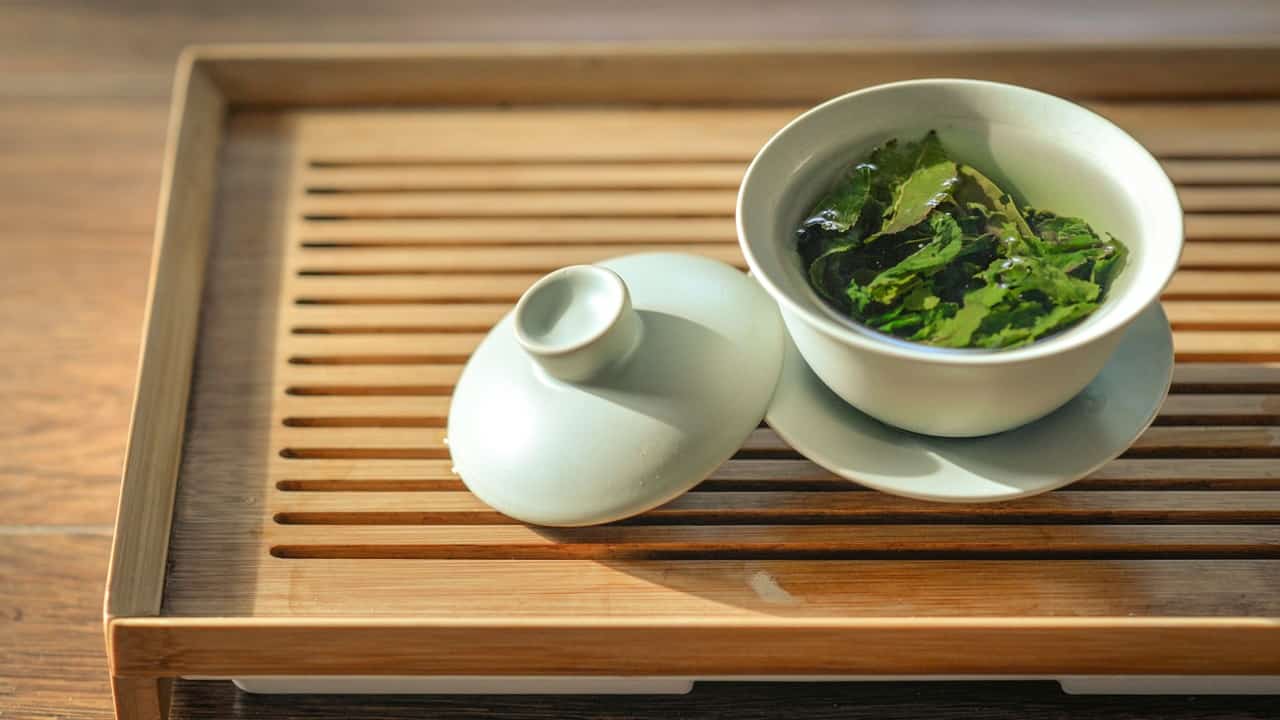When exploring the world of tea, you may come across the term “pekoe.” But what exactly does pekoe mean in tea terms?
What is Pekoe?
Pekoe is a classification term used in the world of tea to describe a specific grade or size of tea leaf. It refers to the young, tender leaves that are plucked from the Camellia sinensis tea plant and are usually covered in silver downy hairs. These leaves are prized in the tea industry for their delicate taste and high-quality characteristics.
The Pekoe Grading System
In the pekoe grading system, tea leaves are categorized based on their size and quality. This system helps tea enthusiasts and professionals understand the characteristics and flavors associated with different grades of tea. Here’s a breakdown of some common terms you may encounter:
| Term | Leaf Size | Description |
|---|---|---|
| Pekoe | Medium-sized | Contains one bud and two leaves, known for a balanced flavor |
| Flowery Pekoe (FP) | Medium-sized | Includes one bud and a young leaf, offers a slightly more delicate flavor |
| Golden Flowery Orange Pekoe (GFOP) | Large-sized | Consists of a bud and the first leaf, known for a full-bodied and robust taste |
Pekoe Varieties
- Black Pekoe
- Green Pekoe
- White Pekoe
- Oolong Pekoe
While Pekoe is commonly associated with black tea, you can also find it in green, white, and oolong teas. In these teas, Pekoe may refer to young, tender buds or leaves, and they are typically plucked at a specific stage of growth to impart a certain flavor profile.
Flavor Profiles of Pekoe Teas
- Delicate and Floral Notes
- Rich and Malty Undertones
- Grassy and Fresh Aromas
- Nuances of Fruits and Citrus
Pekoe teas, with their high concentration of young leaves and buds, often offer a delicate and slightly sweet flavor. They can have a floral aroma and a smoother, less astringent taste compared to lower-grade tea leaves. The presence of golden tips or buds can also impart a slightly honey-like sweetness.
The quality of Pekoe teas can vary based on the tea plant variety, terroir, and processing methods. The ideal conditions for Pekoe production often involve high-altitude tea gardens with cool temperatures, which contribute to the slow growth of the tea leaves and the development of their unique flavor.
Closing Thoughts
Now that you have a better understanding of what pekoe means in tea terms, you can confidently explore the diverse world of tea and appreciate the nuances of different leaf sizes and grades. Pekoe leaves offer a delightful range of flavors and aromas, ensuring there’s a tea variety to suit every palate. So go ahead, brew a cup of pekoe tea, and savor the experience!

